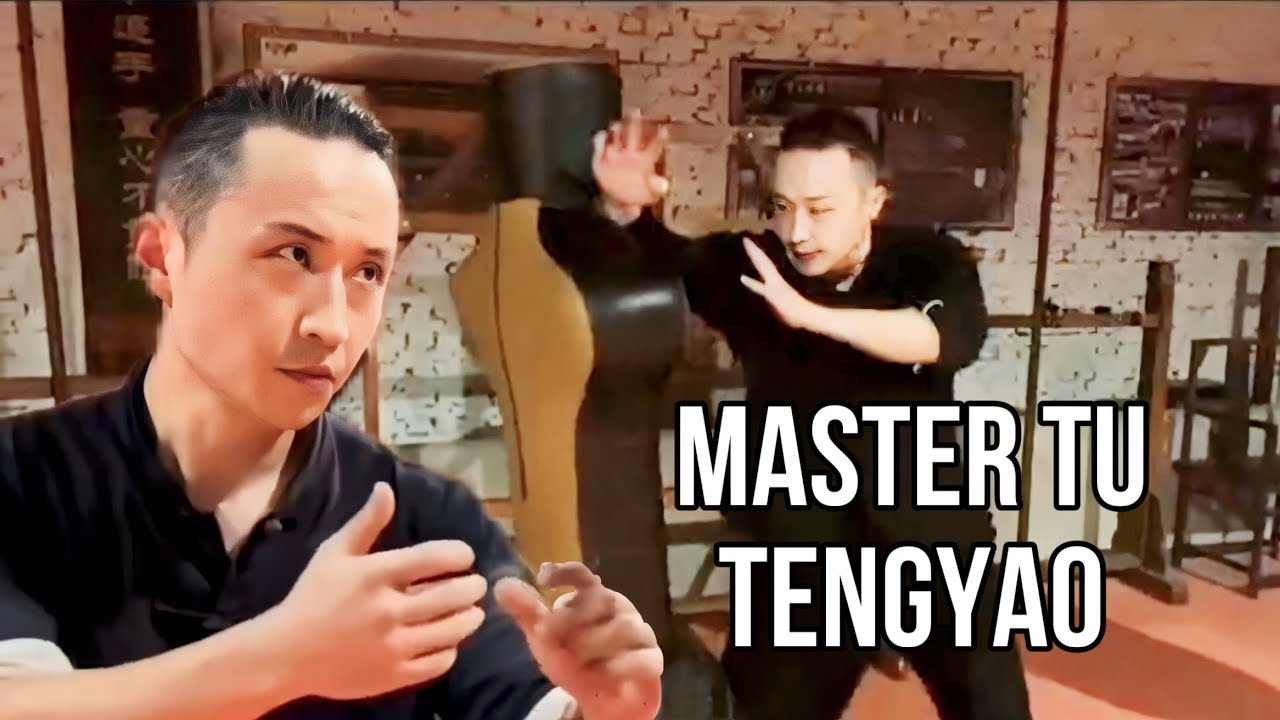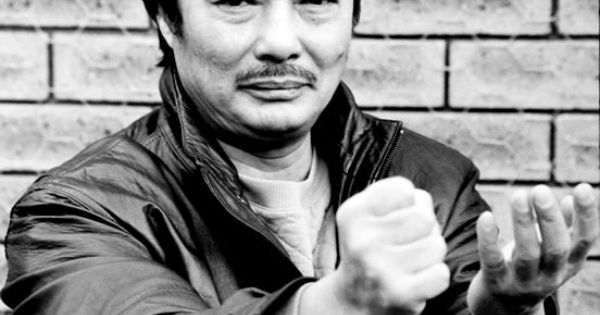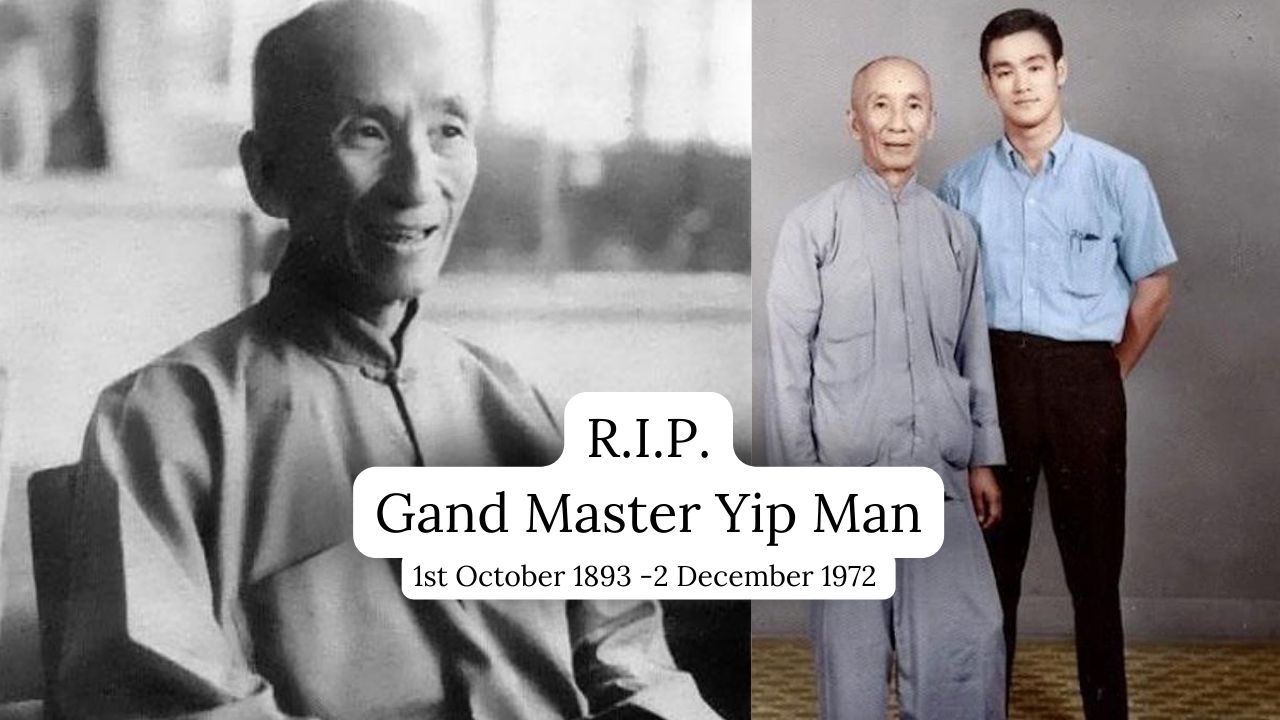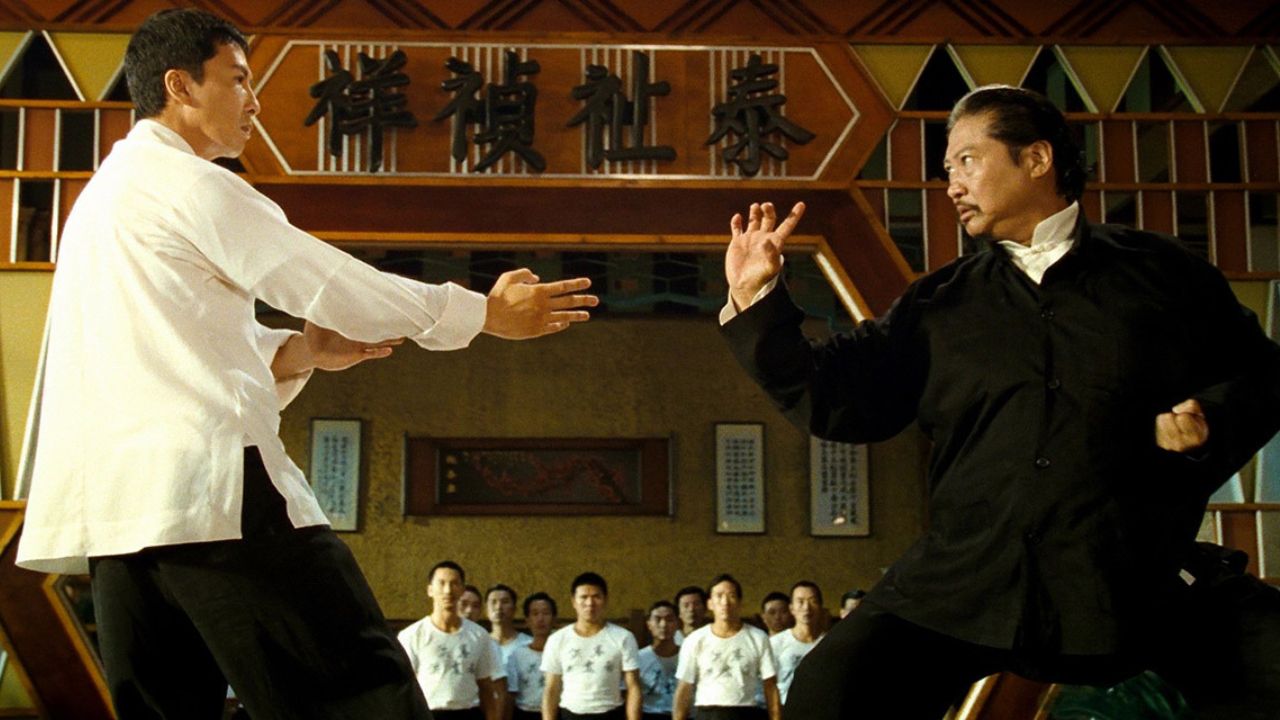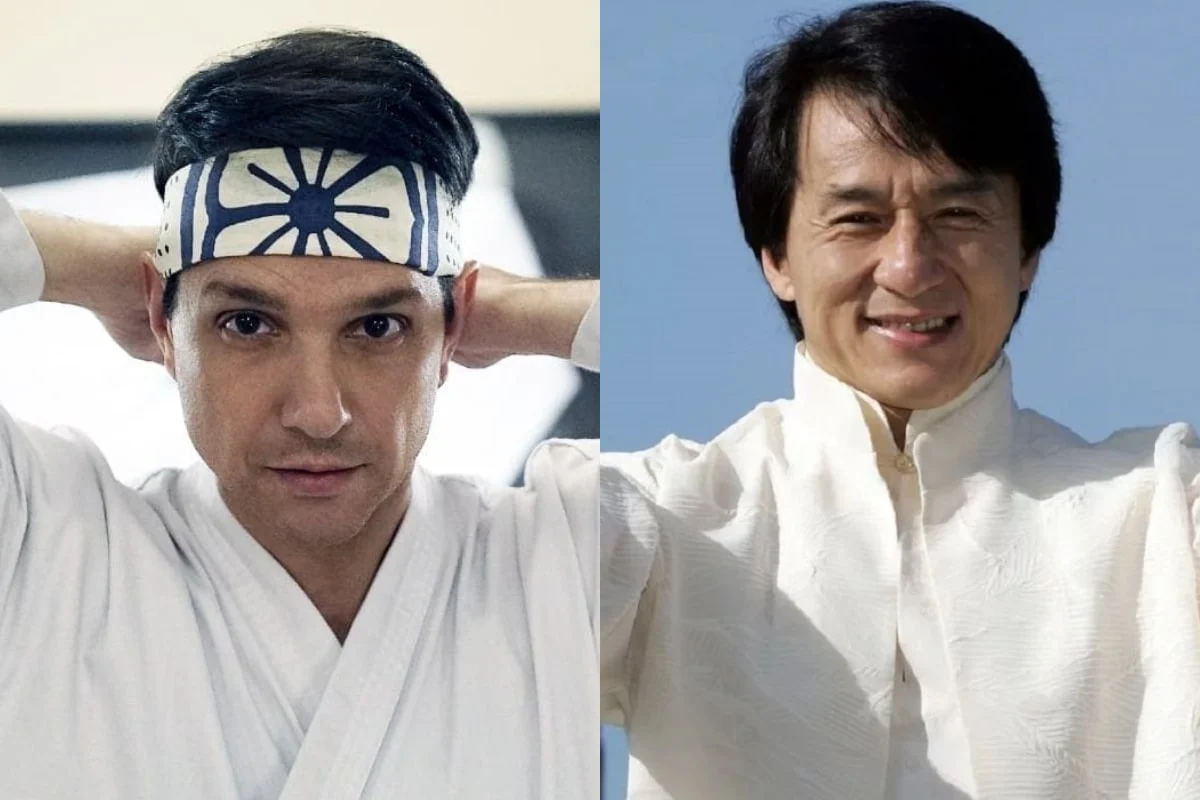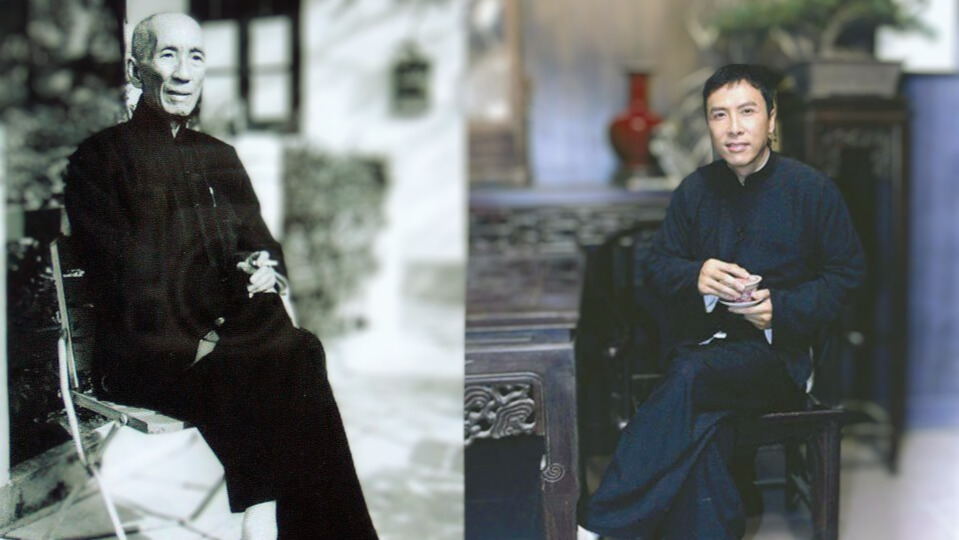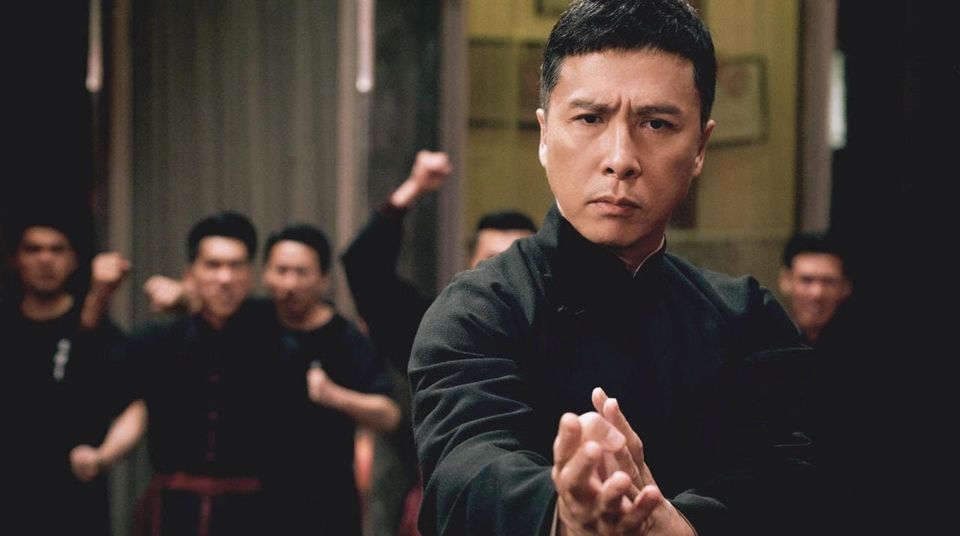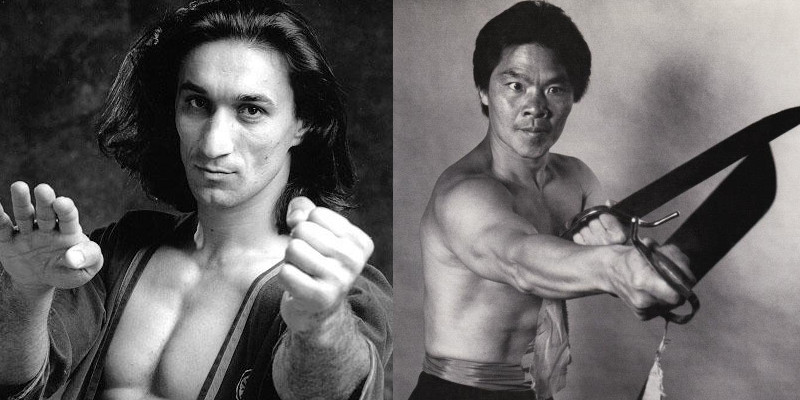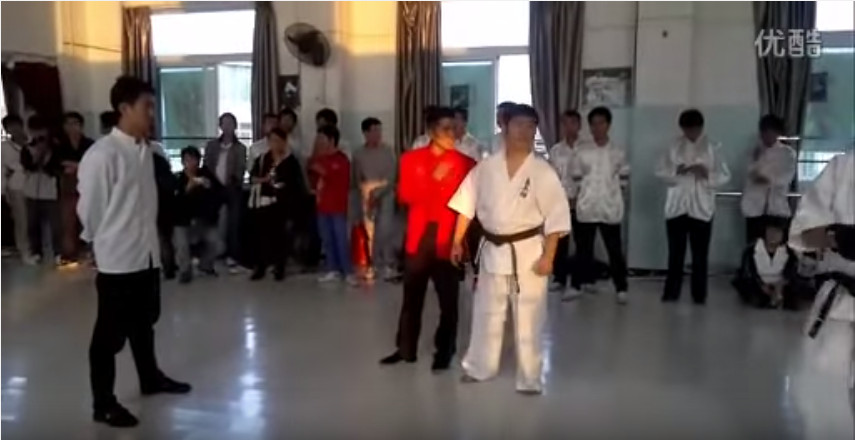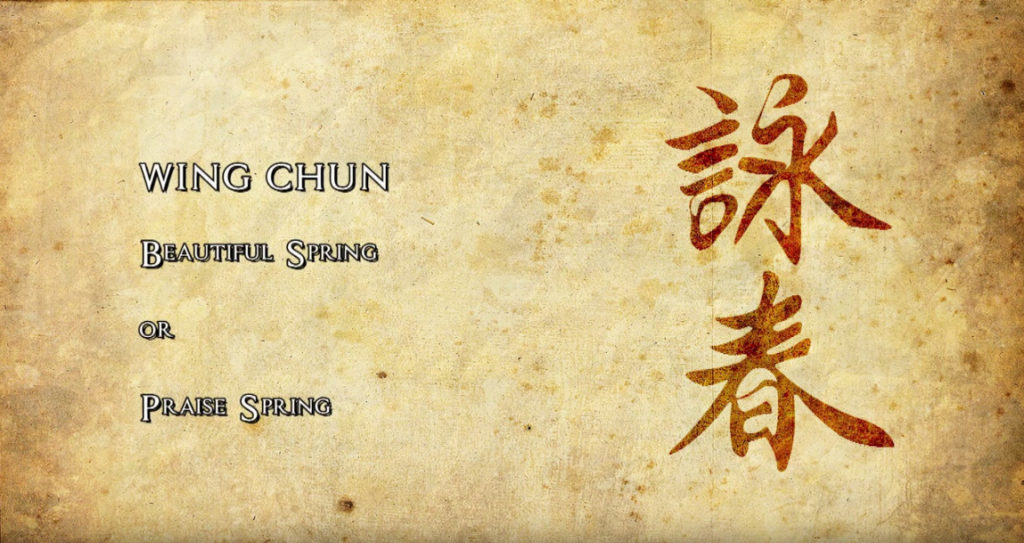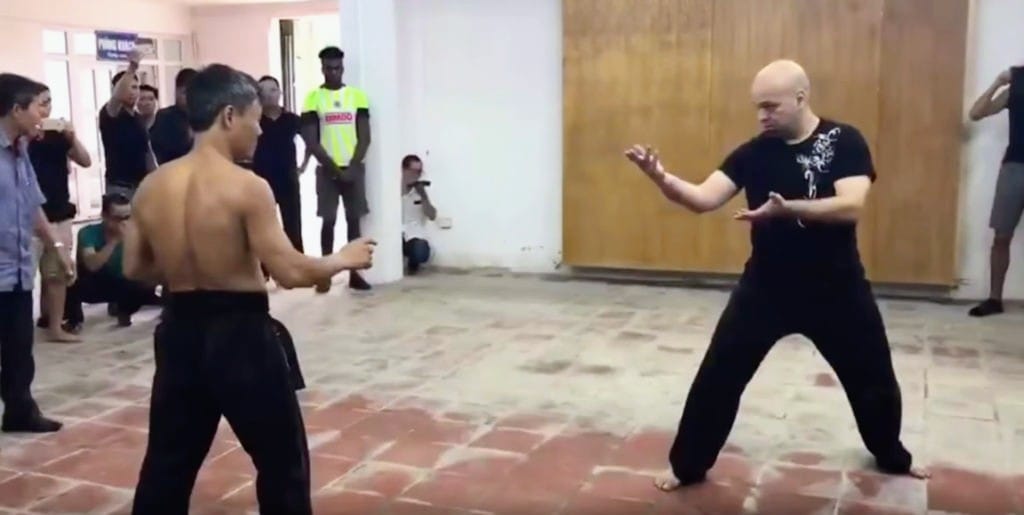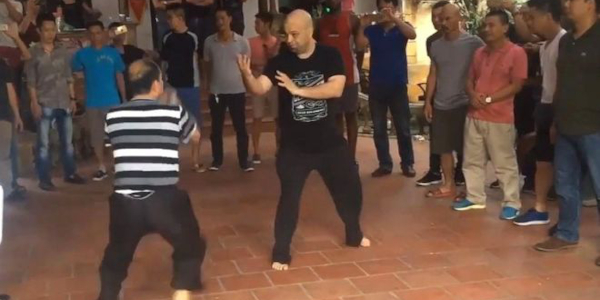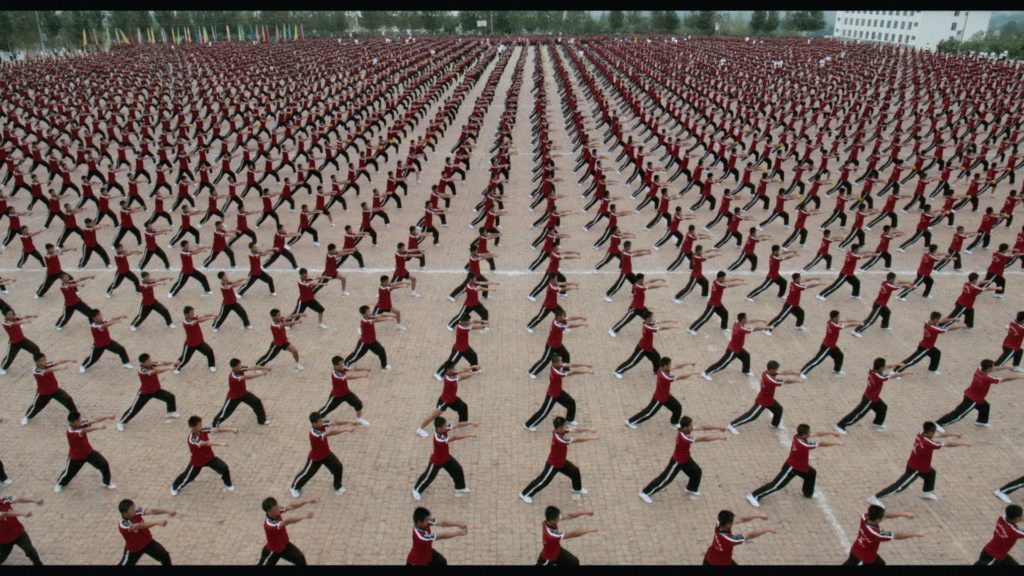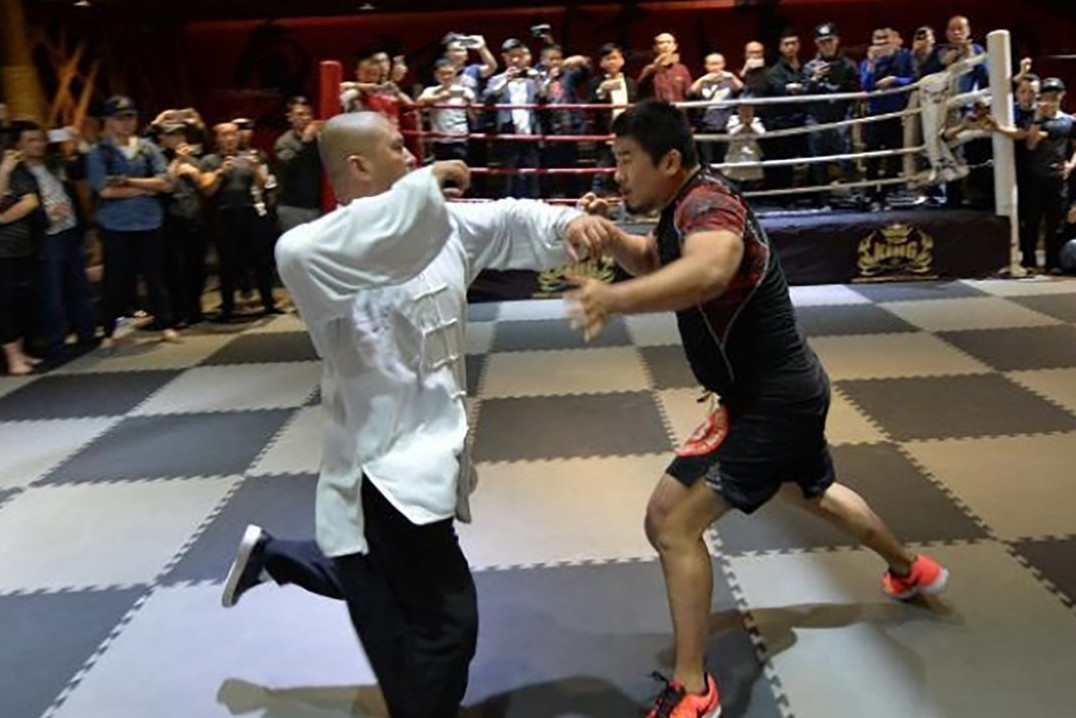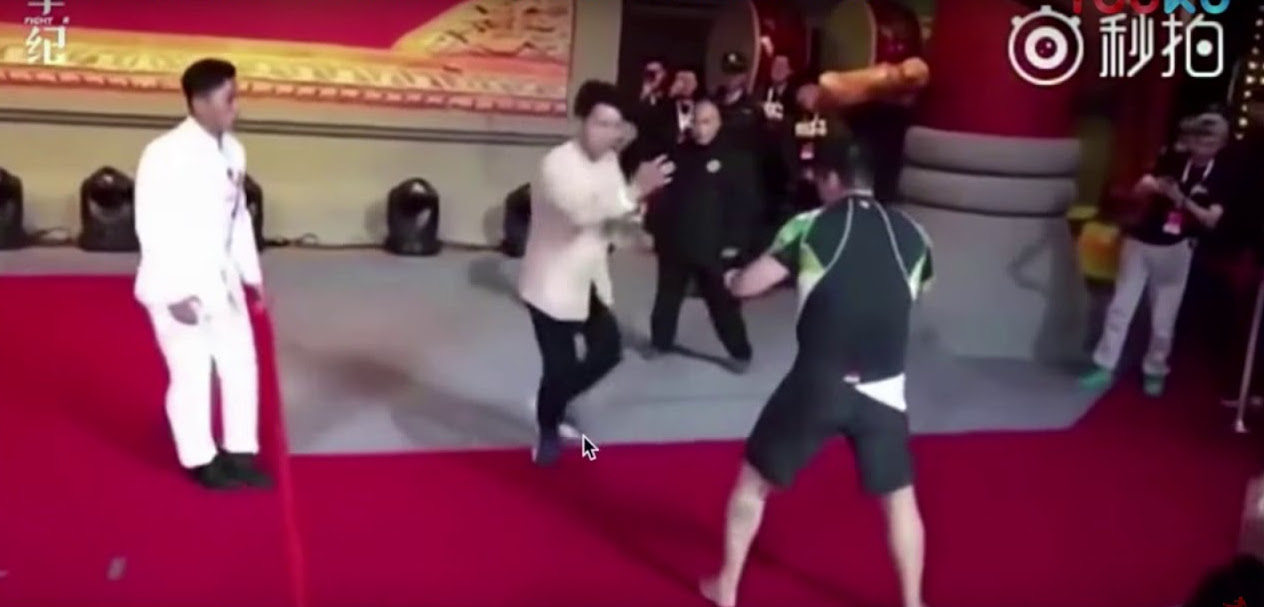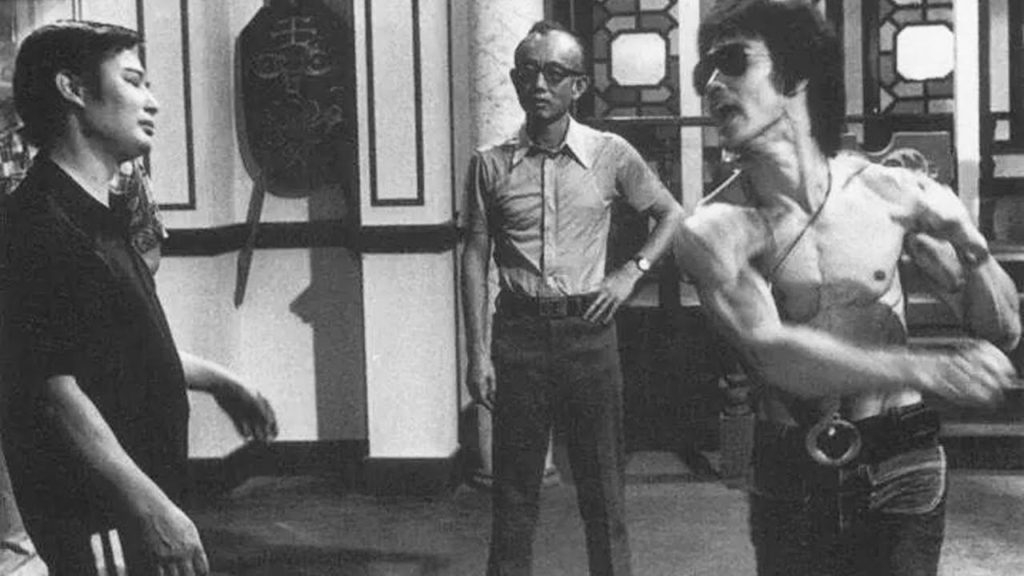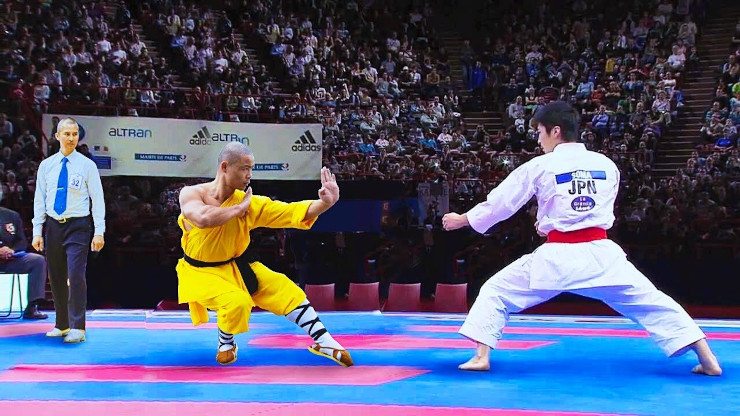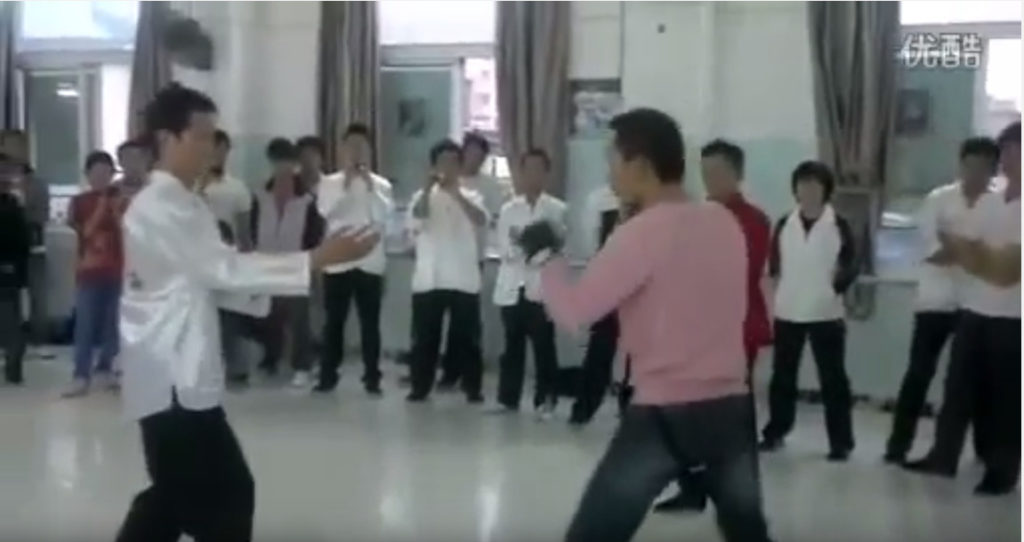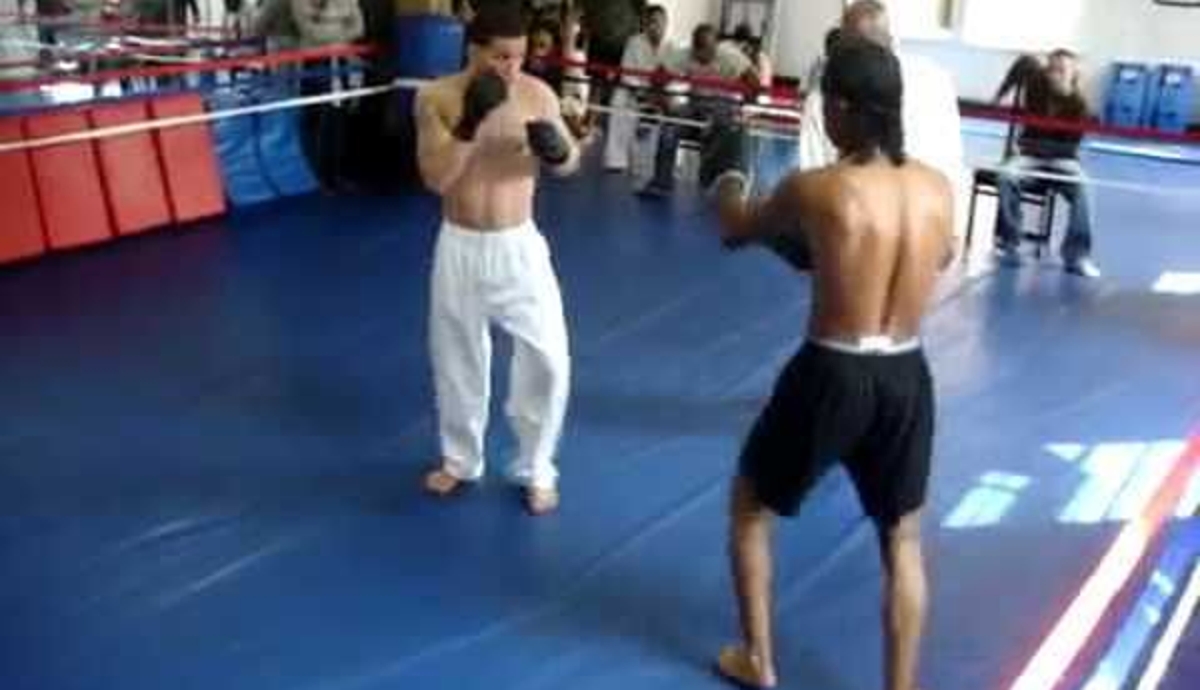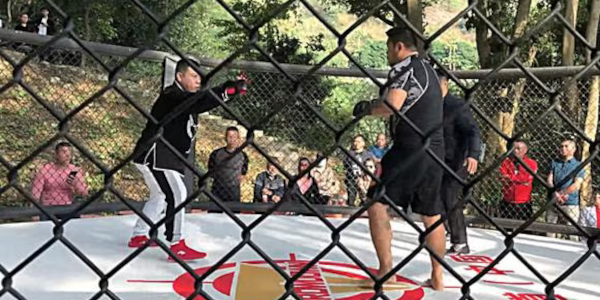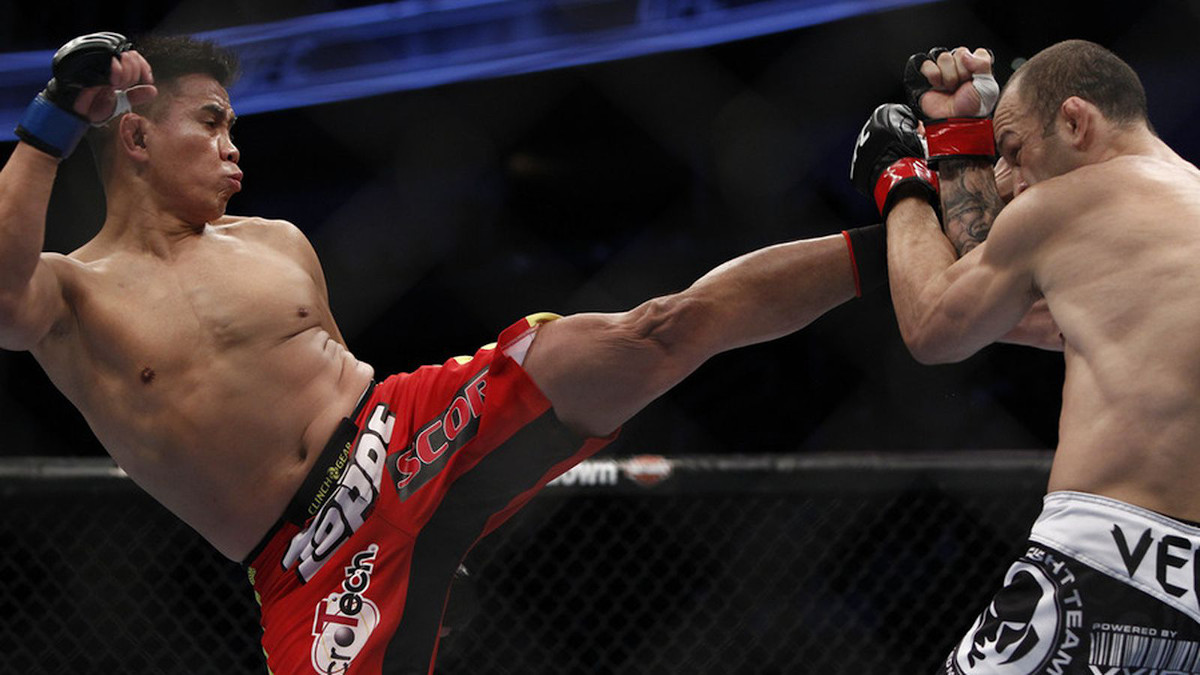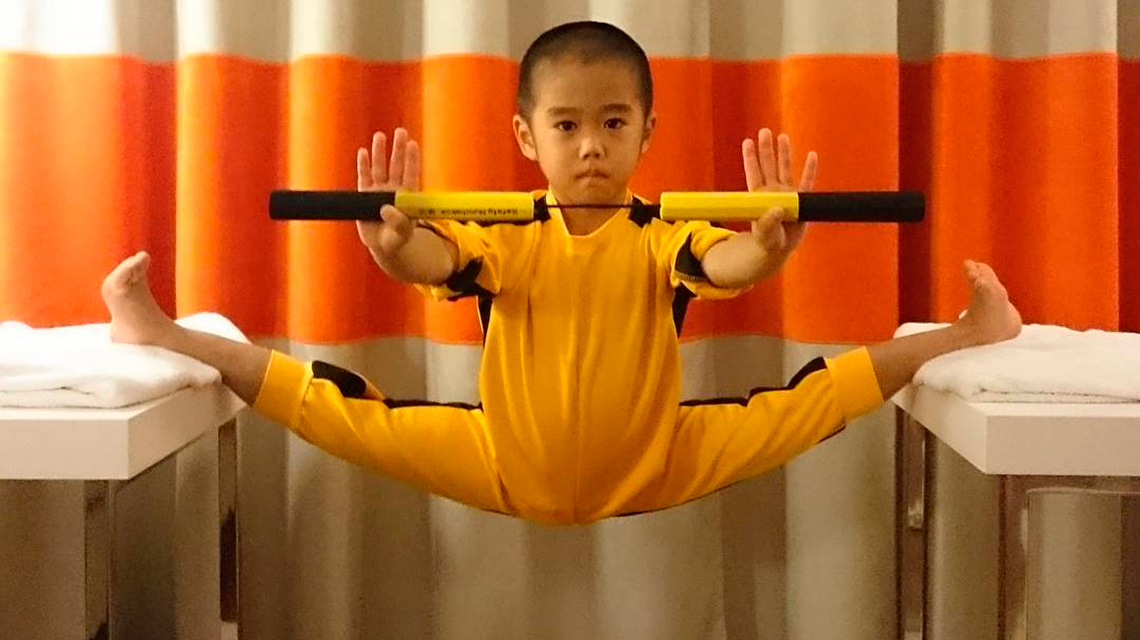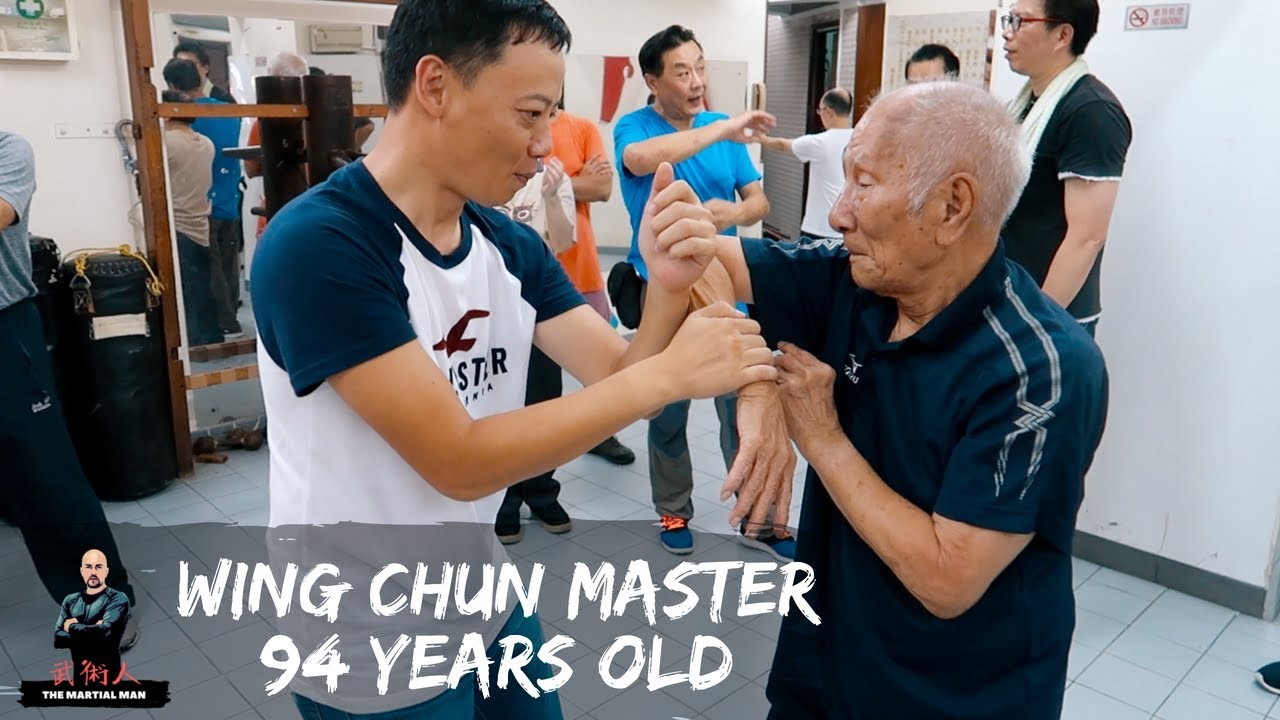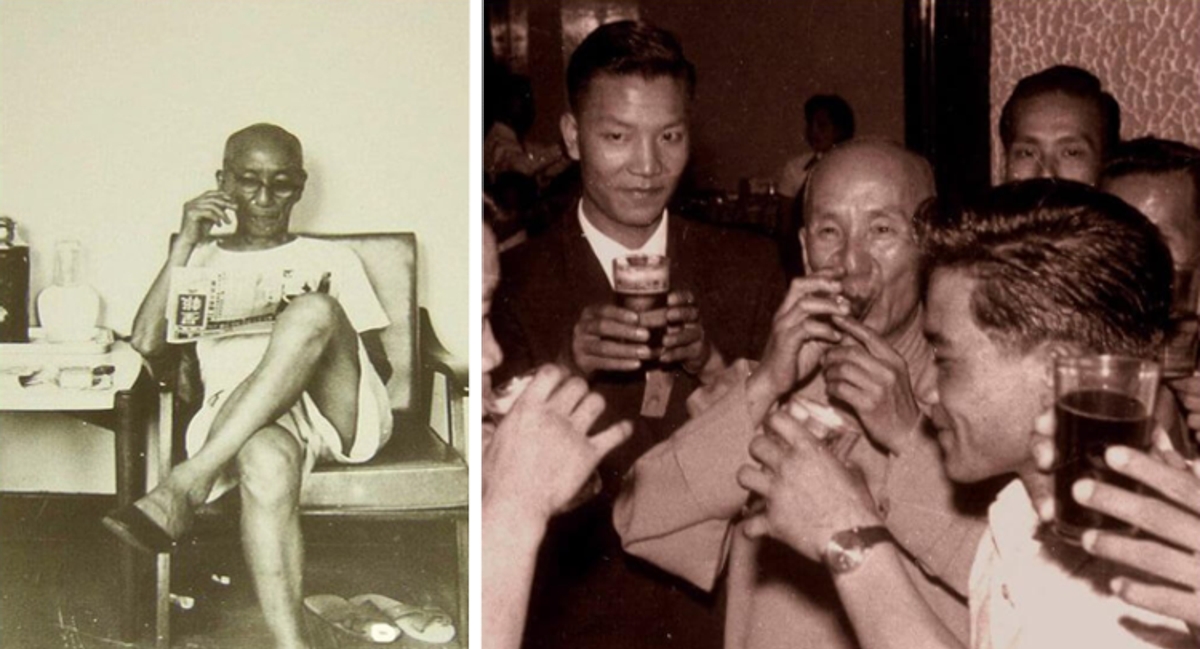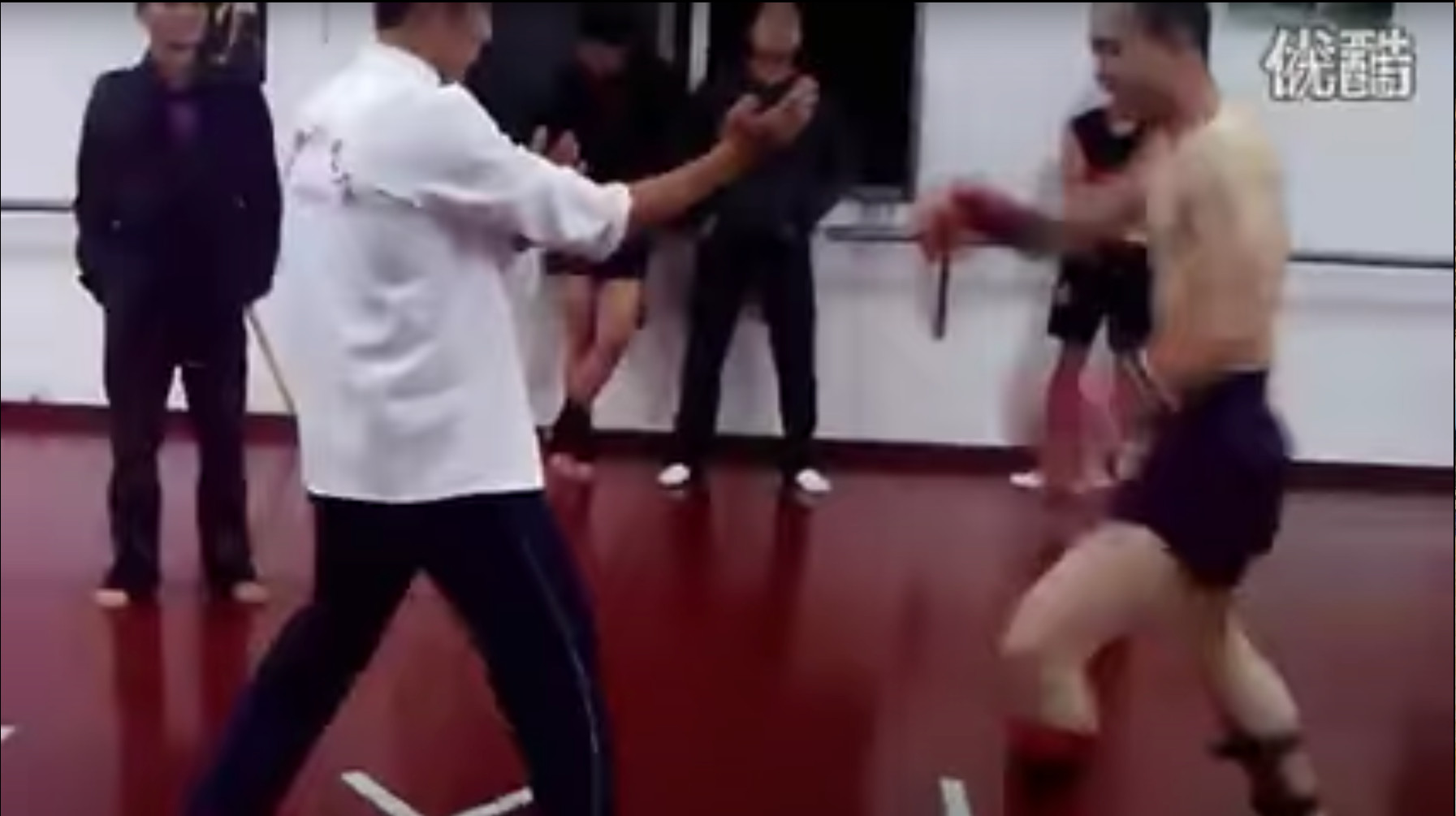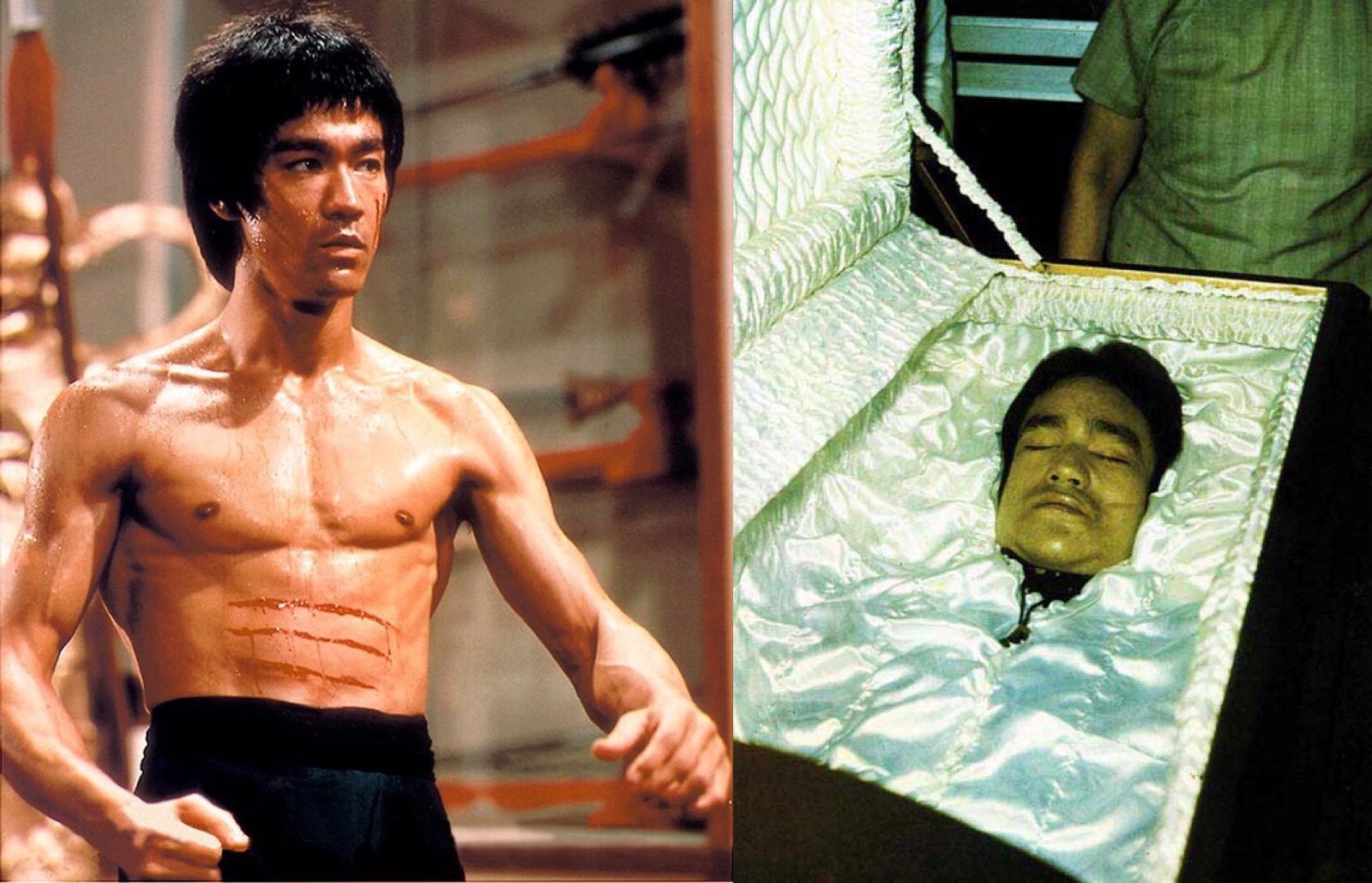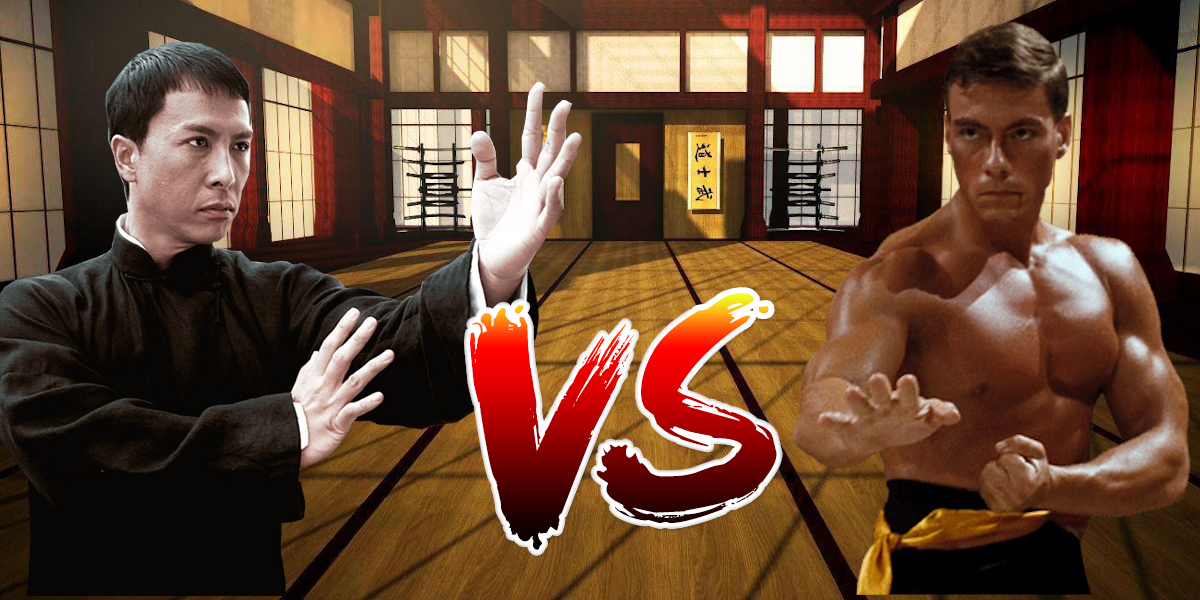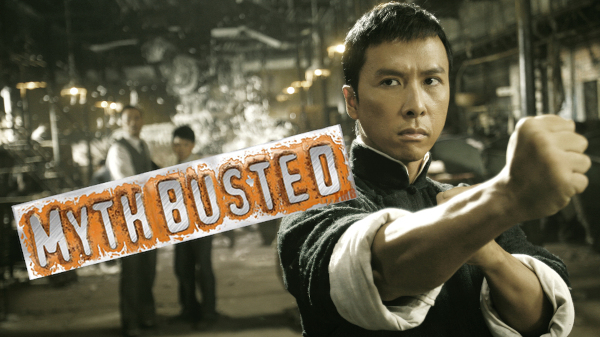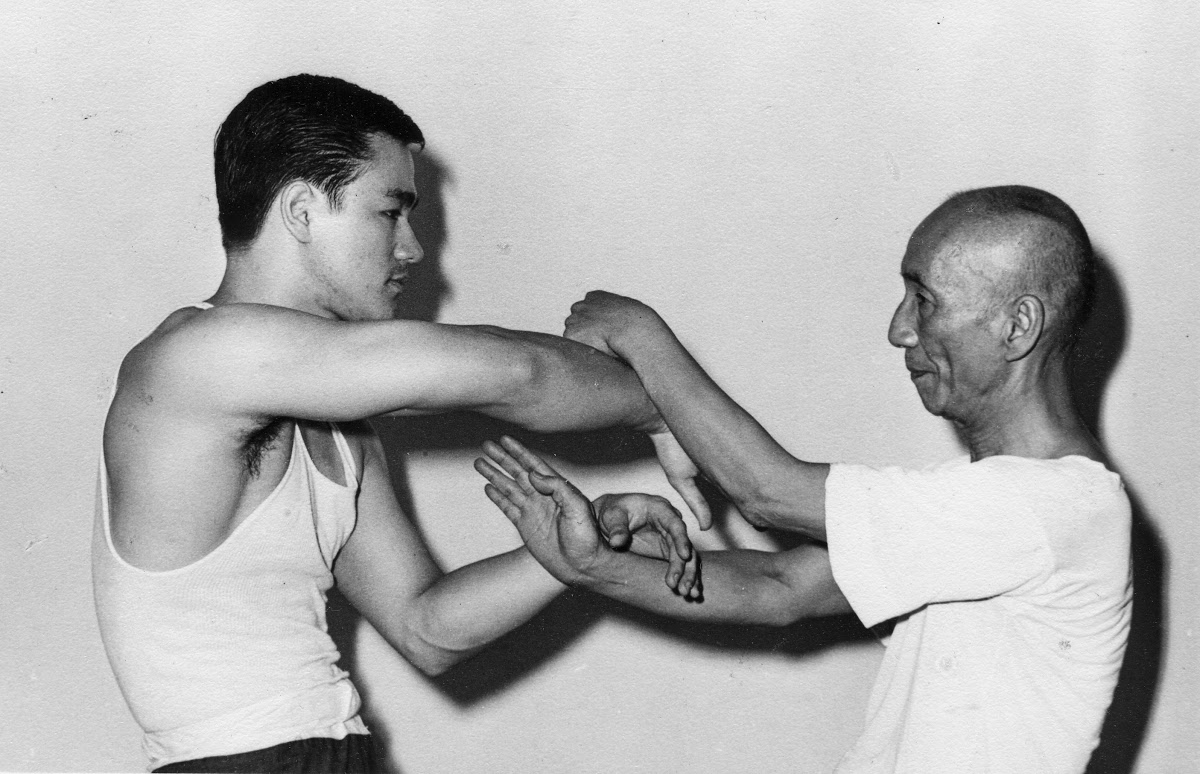How Wing Chun Helps Enhance Close-Quarter Combat Skills
Reading time: 5 minutes
In the world of martial arts, different styles and techniques cater to various combat situations. One of the most critical aspects of self-defense and martial arts training is close-quarter combat skills. Wing Chun, a Chinese martial art, is well-known for its efficiency and effectiveness in close-range situations.
In this article, we will explore how Wing Chun can help enhance your close-quarter combat skills, making you a more formidable martial artist. For those interested in learning more about Wing Chun, consider downloading a free chapter of our e-book, Wing Chun: Practical Introduction to Self-Defense, currently available at a 55% discount.
The Philosophy of Wing Chun and Close-Quarter Combat
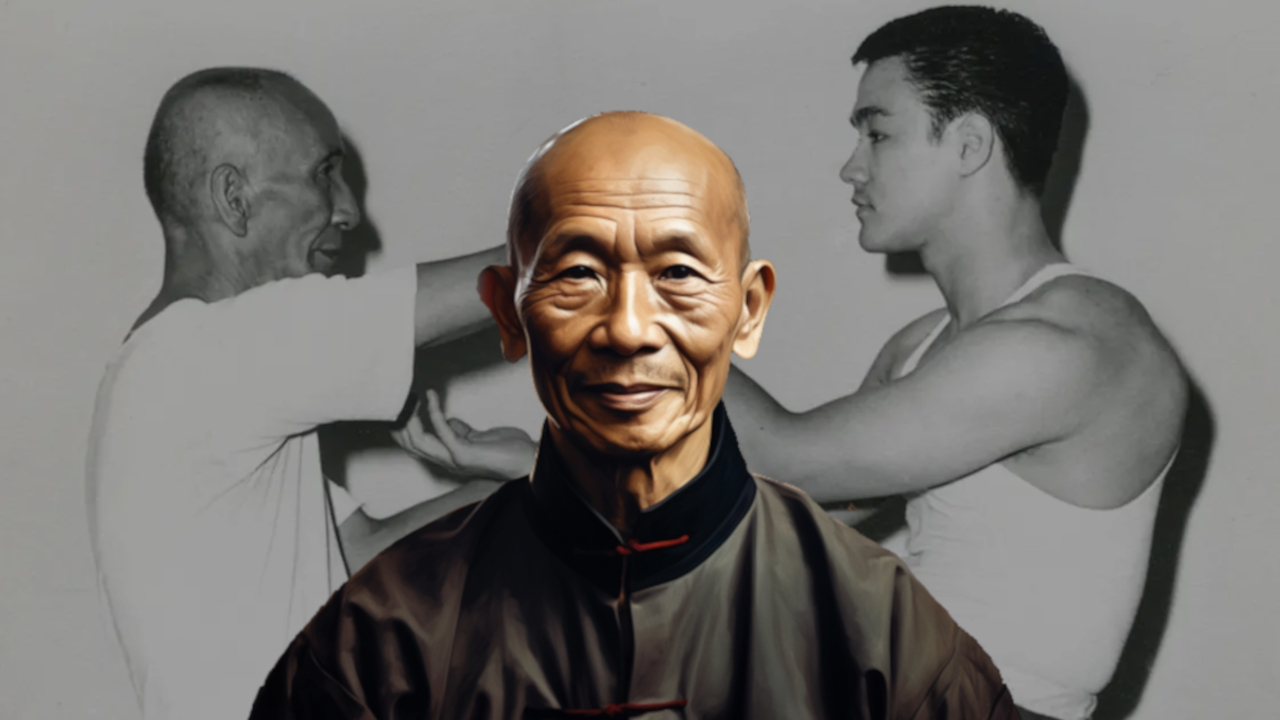
Wing Chun is built on the foundation of simplicity, directness, and efficiency. The martial art emphasizes the importance of engaging opponents in close range, utilizing techniques that are quick and effective. This approach to combat allows practitioners to control and neutralize their opponents while minimizing their vulnerability.
Here are some key principles of Wing Chun that contribute to its effectiveness in close-quarter combat:

Centerline Theory: Wing Chun focuses on controlling and attacking an opponent's centerline, which is the vertical axis of their body. By targeting this vulnerable area, practitioners can effectively disrupt their opponent's balance and ability to counterattack.
Simultaneous Attack and Defense: Wing Chun teaches practitioners to simultaneously attack and defend, making it difficult for opponents to anticipate and counter their moves. This approach enables Wing Chun practitioners to maintain constant pressure on their opponents, preventing them from regaining control of the fight.
Economy of Movement: Wing Chun emphasizes the importance of using minimal movement to achieve maximum effect. This principle allows practitioners to conserve energy and maintain a high level of efficiency in close-quarter combat situations.
Techniques for Close-Quarter Combat in Wing Chun
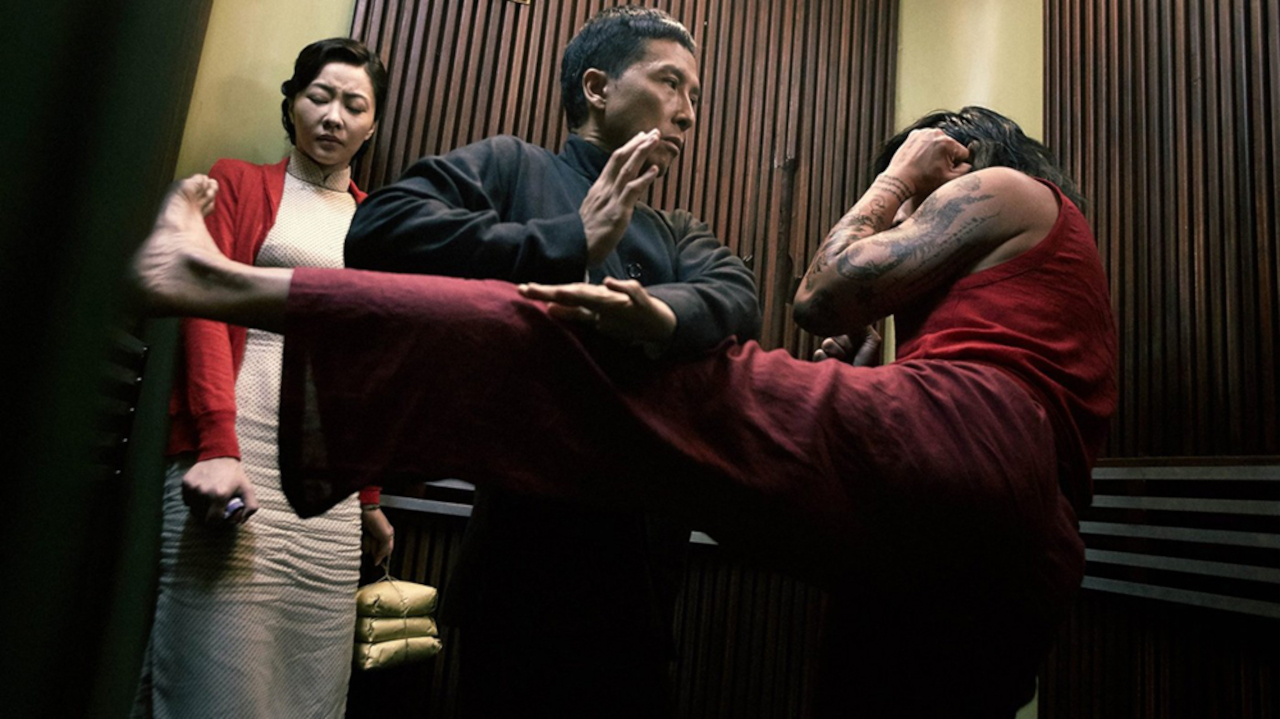
Wing Chun offers a range of techniques specifically designed for close-range engagements. Some of these techniques include:

Chain Punches: The rapid-fire punches in Wing Chun are an excellent example of martial art's emphasis on efficiency and directness. By delivering a series of quick, powerful punches, practitioners can overwhelm their opponents and maintain control of the fight.
Trapping and Grappling: Wing Chun incorporates various trapping and grappling techniques that help neutralize an opponent's defenses and create openings for strikes. These techniques are especially effective in close-range situations where there is limited space for movement.
Kicks: While Wing Chun is primarily known for its hand techniques, it also incorporates a variety of kicks designed for close-range combat. These kicks are generally low and aimed at the opponent's lower body, targeting vulnerable areas like the knees and shins.
Developing Close-Quarter Combat Skills through Wing Chun Practice
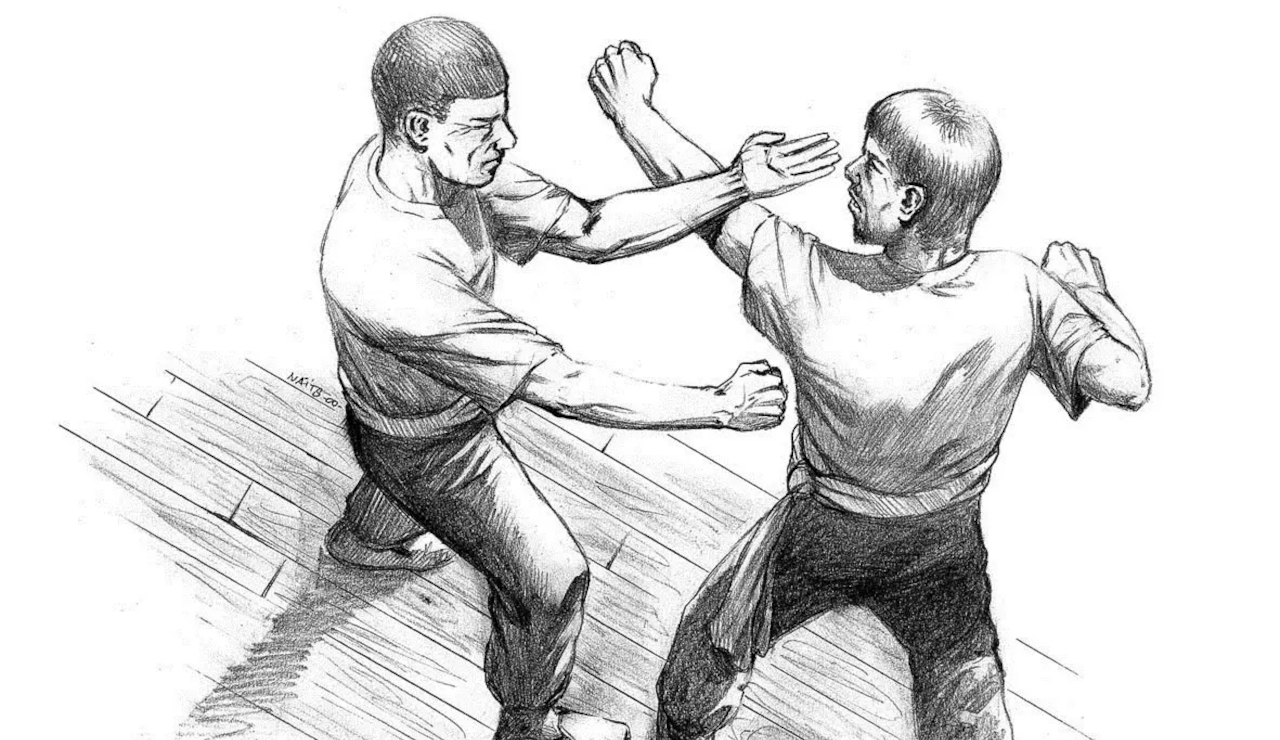
To enhance your close-quarter combat skills through Wing Chun training, consider the following tips:
Consistent Practice: As with any martial art, regular practice is essential for developing proficiency in Wing Chun. Dedicate time to practicing your techniques, focusing on precision, speed, and efficiency.
Work with a Partner: Partner training is invaluable for developing close-quarter combat skills. Engage in drills and sparring sessions with a partner, honing your ability to react and adapt to an opponent's movements.
Seek Expert Guidance: Learning from experienced Wing Chun practitioners can significantly accelerate your progress. Consider joining a Wing Chun school or seeking instruction from a qualified instructor.
Conclusion
Wing Chun is an excellent martial art for those looking to enhance their close-quarter combat skills. Its emphasis on simplicity, directness, and efficiency makes it a powerful tool for self-defense and personal growth. By incorporating Wing Chun's principles and techniques into your martial arts training, you can become a more formidable fighter in close-range situations, giving you the edge over your opponents.

For those interested in diving deeper into the world of Wing Chun and its close-quarter combat techniques, consider downloading a free chapter of our e-book, "Wing Chun: Practical Introduction to Self-Defense." Currently available at a 55% discount, this comprehensive guide offers valuable insights into the principles, techniques, and applications of Wing Chun, making it an excellent resource for martial artists of all levels.
As you continue to explore and practice Wing Chun, remember that consistent practice and dedication are crucial for developing and maintaining your close-quarter combat skills. By applying the principles of simplicity, directness, and efficiency to your training, you will soon see improvements in your ability to control and neutralize opponents in close-range situations.
So, whether you're a seasoned martial artist or just beginning your journey into the world of self-defense, consider incorporating Wing Chun into your training regimen. Download the free chapter of our e-book and let your passion for martial arts guide you toward new heights of personal growth, skill, and self-discovery. By embracing Wing Chun's unique approach to close-quarter combat, you can unlock your full potential as a martial artist and become a more formidable fighter in any situation.
Thank you. Your comment will be approved shortly.
Comments
Thank you. Your comment will be approved shortly.
Thank you. Your comment will be approved shortly.
Thank you. Your comment will be approved shortly.
Thank you. Your comment will be approved shortly.
Thank you. Your comment will be approved shortly.










